The LG QNED86TSA 2024 is LG’s entry-level QNED TV. It is a colourful (Quantum Dot) TV and comes in 55/65/75/86”.
You may have noticed the TSA model post-nominal. ‘T’ denotes 2024 as ‘S’ did for 2023. The ‘A’ denotes the region, e.g., Australia. This is important because if you read reviews for any TV, they will likely be older models or for different regions that may use different panels and tuners.
This is also important as this year marks the start of the new Re-New WebOS upgrade program. Purchasers will receive five versions of WebOS (including WebOS24) over five years; for example, WebOS 28 will come to this TV. LG has also committed to more regular security patches.
This is a Edge-lit IPS panel
This means a row of LEDs on the bottom edge of the frame. An optical plastic backplane transmits light. It has local dimming, meaning the edge-lit LEDs can be on or off in defined banks. This is not to be confused with dimming zones offering far more granular control. Below (L to R): Edge-lit like this TV, Full array local dimming, and mini-LED with zones (like QNED91 2024).

This saves considerable cost over a mini-LED full array with dimming zones (thousands of LEDS light the screen from the back instead of the edge). Many Samsung TVs are edge-lit, including Frame, Serif, Crystal and its entry-level QN85D mini-LED. Note that no Samsung TV supports Dolby Vision. Read Dolby Vision, HDR and SDR TV – a huge difference.
We have an excellent guide to TVs and types Confused about TV tech? That’s just what they want!
This TV is very different from the 2023 LG QNED86SRA Mini-LED TV – bright and colourful, so don’t make any assumptions that this is merely an evolution – a very different panel, processor and later OS.
Australian Review – LG QNED86TSA 2024 (65” Tested and specs as at 19/06/24)
| Website | Product Page Manual User Guide Online Manual (WebOS 24) |
| RRP | LG (formerly Lucky-Goldstar from 1983 to 1995) is a South Korean multinational conglomerate that manufactures electronics, chemicals, and telecommunications products. |
| From | LG Online, Harvey Norman, Domayne, JB Hi-Fi, Good Guys, Bing Lee, Appliances Online and many quality CE retailers |
| Warranty | 1-year ACL confers consumer rights against major defects for an extended period. |
| Made in | Indonesia |
| LG | LG (formerly Lucky-Goldstar from 1983 to 1995) is a South Korean multinational conglomerate. It makes electronics, chemicals, and telecommunications products. |
| More | CyberShack LG News and reviews |
We use Fail (below expectations), Pass (meets expectations) and Exceed (surpasses expectations or is the class leader) against many of the items below. We occasionally give a Pass(able) rating that is not as good as it should be and a Pass ‘+’ rating to show it is good but does not quite make it to Exceed. You can click on most images for an enlargement.
We are also tightening up on grading. From now on, Pass, for example, means meeting expectations for the price bracket. We consider a Pass mark to be 70+/100, with extra points added for class-leading and excellence. For 2023 reviews and earlier, deduct 10 points from them for reasonable parity.
LG QNED86TSA 2024 First Impression – Pass
LG makes excellent-quality TVs; the fit and finish indicate that this one is well-made. The Magic Remote is clever and functional, with numeric keys and an on-screen cursor.
It is another huge, black glass slab with 8mm top and side bezels and a 20mm bottom bezel to accommodate the 2 x 10W down-firing speakers and edge lighting.
It is 1456 x 909 x 285mm x 26.4kg with a height-adjustable centre pedestal stand (1456 x 840 x 29.7 x 22.5kg panel only) and can be wall-mounted with a standard VESA 300 x 300 mount. The pedestal stand is great; you can use a smaller table or TV cabinet.
It is the TV for those who don’t give a rats what tech is under the bonnet. They want a good TV from a well-known brand and one that is not made in China. They don’t care about things like Dolby Vision (it does not have that), nits, contrast, etc. It only must look good!
Videophiles can stop reading now. You need our LG QNED91TSA 2024 – mini-LED TV done almost right review. It is a full-array mini-LED backlight VA panel with between 900 and 1500 individual dimming zones (depending on screen size) to deliver precise backlight control and a high contrast ratio suitable for Dolby Vision.
Magic Remote MR24 – Pass
LG has resisted the trend of eliminating numeric buttons, which make free-to-air navigation much easier than wrestling with an EPG to find your channel. It is a Bluetooth remote. The image below shows different presets. The AU version has Netflix, Prime, Disney+, Stan, LG Channels and Alexa.

LG WebOS 24 – Pass+ for usability and FAIL for privacy
First, the exciting news – ReNew. You will get up to WebOS 28 over the next five years and security patches as needed. This is an industry-leading policy, as TVs are usually orphaned once released.
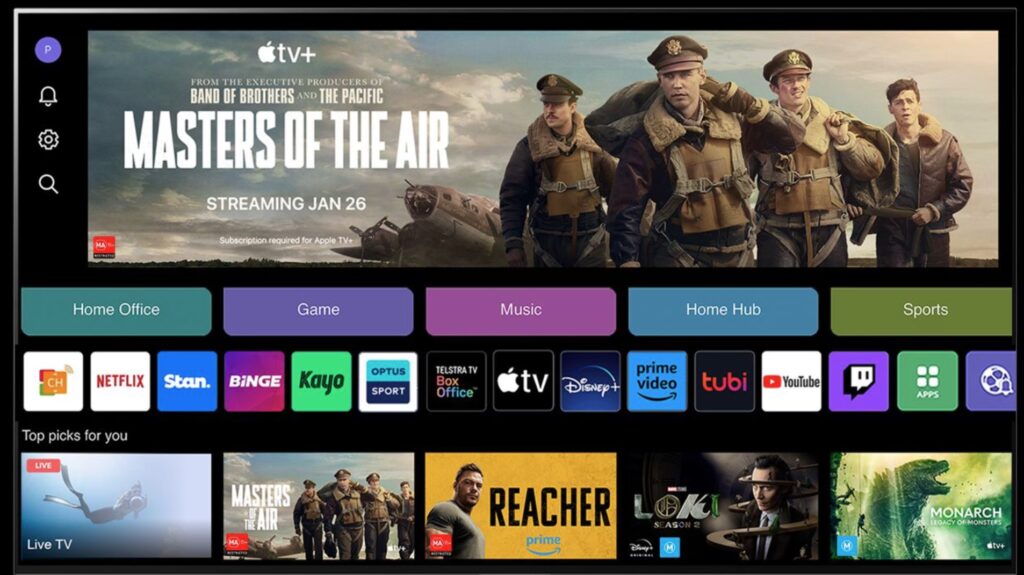
Second, the catch. LG is moving to a ‘Smart Life Solution Company’. Instead of just selling you a smart TV, it has become a platform-based service business model that continuously generates profits—a.k.a. advertisements! It is called LG Channels (FAST—Free Ad-Supported Television).
To be fair, Samsung does this with TV Plus.
To use the TV’s basic smart functions, you must agree to sign into an LG Account and its Terms of Use and Privacy Policy. If you want to use more smart services, you must agree to a viewing information agreement, a voice information agreement, an Interest-based cross-device advertising agreement, and an LG Channels agreement appended at the end of this review.
LG allows you to reset the advertising ID, limit advertisement tracking, and delete viewing and voice information. However, that is a little late, as your data has already been collected.
Bottom line: I have read all 20,000 words, and while I object to a TV/Brand knowing so much about my viewing habits and serving me advertisements, LG’s policies do not contain anything evil, and the Privacy and Terms of Use are benign.
When you buy a TV, you are not thinking about the 43-page and nearly 20,000-word agreement to use the fully use device fully. To be fair, Samsung has eight nested policies and over 35,000 words, so both companies are hoovering up your viewing data.
PS – this is in addition to any streaming app privacy policies.
Apps -Pass+
The LG app store has over 2000 apps (Game 458, Entertainment 1305, Life 229, Education 56 and News/Info 73). It has all Australian digital TV apps and streaming services. It appears to have more variety than Samsung, but the real winner is Google TV.
LG QNED86TSA 2024 Basic Specs (65” model)
- α8 AI Processor 4K (Adds AI features – see AI later).
- HDR10 panel (No Dolby Vision decode)
- IPS Edge Lit LCD good viewing angle 160°+/- before colour wash (180° is side on)
- 100Hz refresh (AU 50Hz power)
- 10-bit/1.07 billion colours
- Claim 100% DCI-P2 (test 93%)
- Native Contrast 1300:1
- Delta E out of box <approx. 2 with a slight blue tint. Increasing colour temperature can assist.
- WebOS 24 – 4 webOS upgrades over five years
- LG Channels 300+ free channels
- 4 x HDMI 2.1 4K@100/120Hz (eARC port 3)
- Ethernet 10/100
- 2 x USB-A 2.0 5V/.5A/2.5W for flash drives and USB Camera compatible
- Optical out
- Wi-Fi 5, BT 5.1 (SBC/AAC/aptX) and supports AirPlay 2 and Chromecast
Ai – A strong point – Pass+
You can put this TV in ‘automatic’ and will get the best image and sound.
It has:
- AI Brightness Control (changes brightness to match ambient light)
- AI Concierge (content recommendations based on what you watch)
- AI Genre Selection (changes settings to the type of content)
- AI Picture Pro (automatically selects the best resolution, brightness, etc)
- AI Super Upscaling 4K
- Advanced Local Dimming (Dimming Pro)
- AI Sound Pro (optimal balance between sound effects and clear voice. It will faux-upscale 2.0 content to 9.1.2, but the speakers cannot handle that.
- AI Acoustic Tuning (Standard, Bass Boost and Treble Boost) in your viewing space setup.
How does it look? – Pass
With the caveat that it can handle reasonably bright rooms, it looks best when ambient light from the rear of the seating area, overhead, and sides can be controlled.
Then you have the issue of calibration. It has a Personalised Picture Wizard that can identify your preferences. This is in addition to SDR formats of Vivid, Standard, Eco, Cinema, Sports, Game, Filmmaker, (ISF)Expert (Bright Room), and (ISF)Expert (Dark Room). The HDR setting is automatic when it encounters a signal it can decode.
All these settings give you wide control over what you see. We found Vivid was too bright. Standard was best for Fre-to-Air TV, digital streaming, and Cinema for most movies in a well-controlled ambient light room.
It is what I expect of any edge-lit, 100Hz, IPS panel. See the various presets below. Look at the red lipstick and green eyeshadow, the intensity of the gold shoulders, the details in the hair, and if you can see more detail in the background. The strategy is that most readers will be looking at these examples on an 8-bit smartphone screen, which loses all semblance of reality.










Colour and purity – Pass+
Colour is in the eye of the beholder, and saturation is the enemy of natural colour.
After basic calibration (mainly balancing contrast and brightness), we felt that the Quantum Dot colours and purity exceeded our expectations.
Our tests’ primary colours, red, green, and blue (RGB), are nearly 100% accurate. Secondary and tertiary colours (like skin tones) are pretty reasonable.
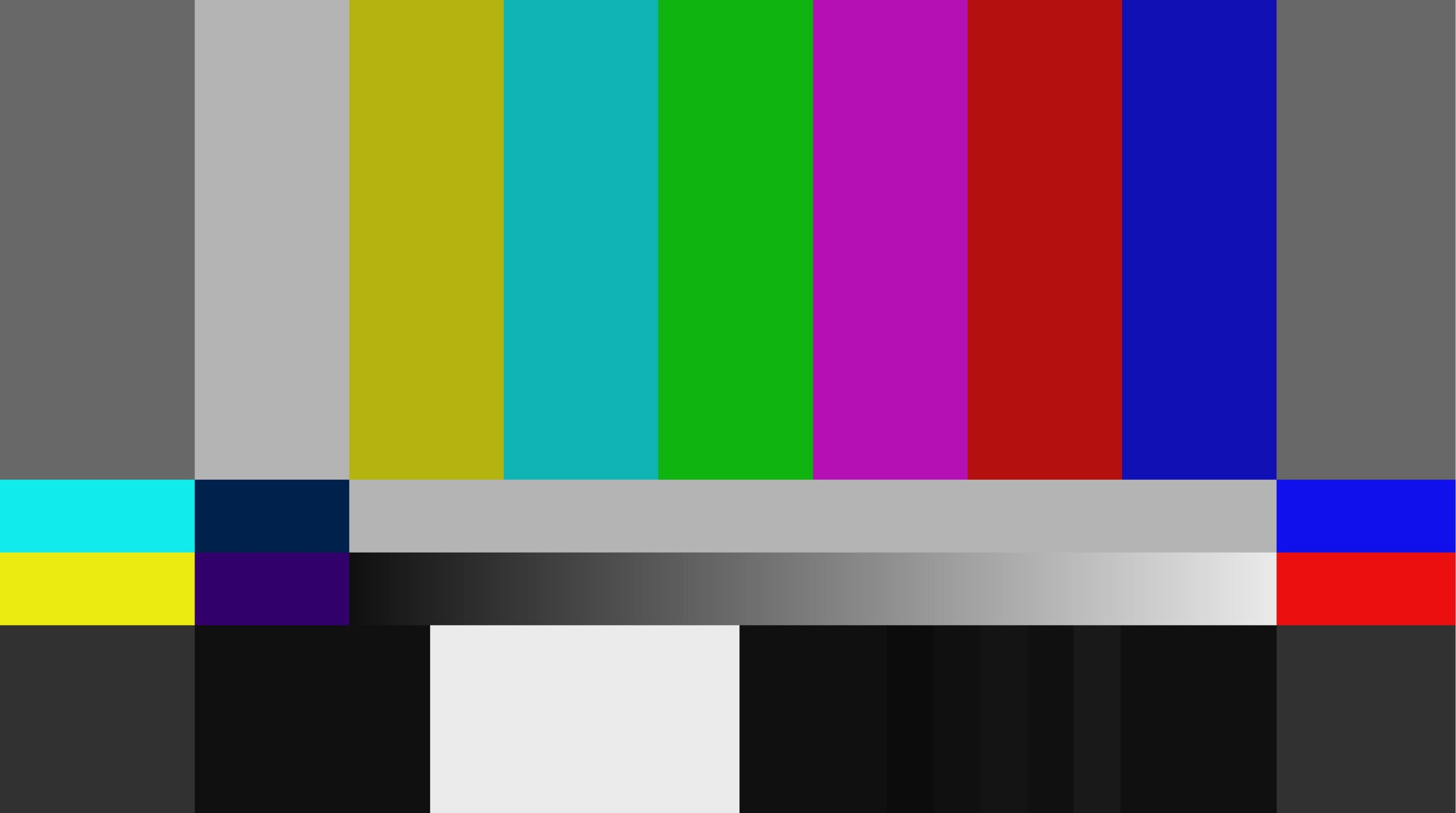



Contrast – Pass
We measured 1300:1, which is slightly above lower-cost QD TVs. However, it is still not nearly enough to produce deep, inky blacks like OLED.
If we turn local dimming off (don’t do this), the screen looks blotchy and deep blue-grey. When local dimming is enabled, the screen looks more steel grey/black.


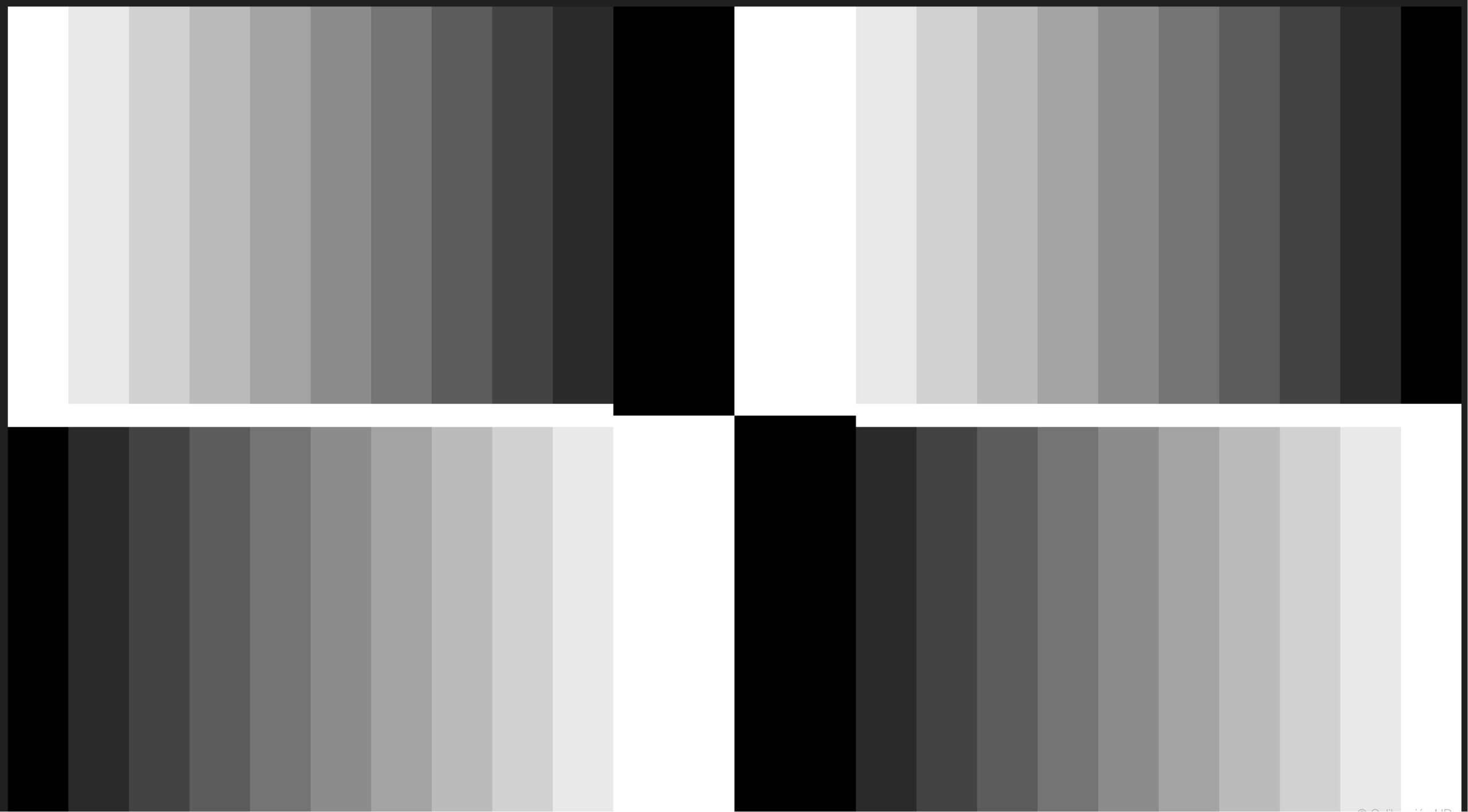
Brightness – Pass
All TVs quote peak brightness in a 2-10% screen area when displaying HDR content. As a rule, SDR (standard dynamic range) brightness is around half of the peak,
- SDR sustained/peak nits 2% screen 305/485 and 100% 415/415
- HDR10 sustained/peak nits 2% 325/512 (the screen can reach 828 nits with specific settings) and 100% 475/465



Colour gradient – Pass
There were evident banding colours, which should not happen with a 10-bit screen. Last year’s QNED86 had 8-bit + 2 FRC to deliver 1.07 million colours, and banding was evident there, too —we would not be surprised if this was similar.
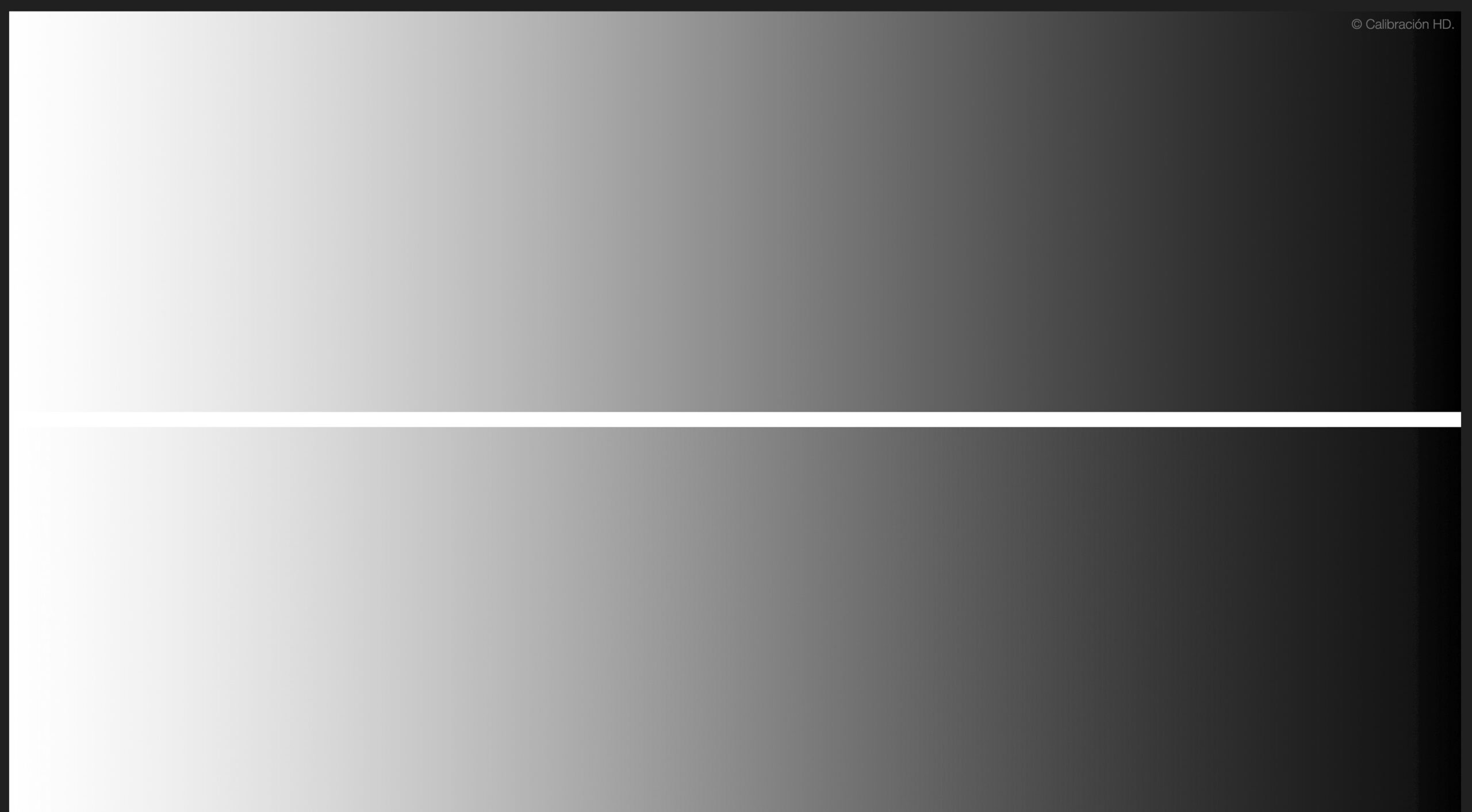

Blooming and dimming – Pass
There is blooming around defined white objects on a black background, e.g., subtitles – the text has a sort of halo around it. We could easily read 24-point text, but OLED gets down to 14-point. The leading edge of moving objects is a bit darker than it should be, leaving a halo behind them.
You can adjust dimming levels – we found the default low produced the least blooming.


Uniformity and DSE – Pass+
The screen’s colour and brightness were reasonably uniform, well within the 10% variation we expect. There was no evident Dirty Screen Effect (DSE).
Off-angle viewing – Pass
IPS has a wider viewing angle—a claimed 178° —but you lose contrast past 145°.


Reflectivity – Pass
It has pretty high reflectivity, mainly if a bright light is behind the viewing area (as per the photo below taken late afternoon). It is not an issue at night or with some ambient light control.

Motion Smoothing – Pass
It is a native 100/120Hz (Australia uses 50Hz power, hence 100Hz), and it uses Black Frame Insertion for motion smoothing 200 (this is not Hz). Stutter is noticeable at low frame rates – 24fps.
LG’s Motion Pro Smoothing does a great job when needed for sports and fast action. Leave it off for normal viewing.

Upscale – Pass
It does a great job on 1080p SDR Free-to-air and streaming. Our impossible 480p test is below. It does a good job but cannot sharpen the image as much as some TVs. Look at the original and pay attention to colours, skin tone, hair colour, red/orange cabinet and details. Vivid has too much brightness and loses subtle detail. Standard loses the details due to upscale but gets the colours mostly right. Cinema looks a little washed out as it is not as bright. Still any TV that can keep the Thunderbirds Are Go is fine by me.




PWM – Pass
It is not noticeable at 60+% brightness but is there at 800hz (50Hz power) on <25% low brightness settings.
LG TV speakers – Pass
The LG QNED86TSA 2024 has 2.0 sound—2 x 10W down-firing speakers. The maximum volume is 80dB, with noticeable distortion and frequency clipping. Sound quality is best described as hollow and tinny. Overall, back off to 75% volume, and it is fine for clear voice and free-to-air TV.
It has no low bass (20-50Hz); mid-bass starts from 60Hz, growing to high bass at 100-200Hz. This is enough to hear bass but not to feel it. The frequency graph below (gold line) is pretty choppy, meaning it clips the frequencies and lowers the dynamic range. The treble is choppy and lacks the ‘airy feel as if you were there’.

It has seven sound modes – AI Sound Pro, Standard, Cinema, Clear Voice Pro, Cricket (Sports), Music, and Game Optimiser but most will select AI Sound Pro.
Sound Share is good as you can use the TV speaker and an Optical out soundbar or hearing device. It does not have a 3.5mm jack, but BT 5.0 is OK and supports two earphones.
The EQ can recess frequencies but not boost them.
Summary: Mediocre sound and limited DA effects. Even a lost cost $299 LG Sound Bar SQC1 soundbar would add significant listening/viewing pleasure. There is no point.
Game Optimiser (not tested)
LG has long been the TV of choice for gamers, and this Mini-LED offers a more cost-effective alternative (No Dolby Vision games) with little trade-off.
LG was one of the first to implement 4 x HDMI 2.1 with 4K@120Hz and full support for Xbox and PlayStation (not Dolby Vision) games. It supports selectable game genres, Reduced Blue Light, Dark Room mode, Minimise input lag, VRR 120Hz, ALLM, HGiG, G-Sync, AMD FreeSync Premium, and more.
It also supports
- NVIDIA GeForce Now cloud gaming.
- 21:9 (60Hz) or 32:9
- 3840 x 1600/1080 or 2560 x 1080.
- Dynamic Tone Mapping for HDR
- Game Sharpness
- Colour depth
- Black levels
Power – Pass+
It has a 5-star Energy rating and claims to use SDR 64kWh per 1000 hours and HDR 129kWh per 1000 hours.
In English, that means about 100W per hour for SDR content and 150W per hour for HDR content (Tested).
CyberShack’s view – The LG QNED86TSA 2024 Mini-LED TV is fine for bright Aussie lounges (and if you are not techy)
Remember, at the beginning, we said this was a TV for people who did not care about what was under the bonnet. So, if you have read this far, you must care!
It can produce a natural colour with either lower brightness or higher contrast, but you cannot balance all three. That is pretty common for all mini-LEDs, edge-lit or not.
In the final analysis, it comes down to how much you value the LG brand. This should assuage any cognitive dissonance you suffer. Once you get it home, you will be delighted.
LG QNED86TSA 2024 Competition (based on 65” at the EOFY price of $1895).
TCL’s 2024 $1650 C755 uses Google TV, has a full array mini-LED (not edge-lit), and supports Dolby Vision/Atmos.
There are no direct Samsung mini-LED model competitors. The closest would be the $2995 QN85D, but the LG QNED91 (review to come) is a better buy and supports Dolby Vision.
Hisense has the $11595 65” U6NAU edge-lit mini-LED.
Me – I would buy the QNED91 and be a lot happier.
LG QNED86TSA 2024 Rating 78/100
Note: Ratings now use 70/100 as a pass mark. 2023 and earlier used 80/100, so you can deduct 10 points from these for reasonable parity.
- Features: 80 – It has all the necessary hardware and more AI smarts than competitors.
- Value: 75—It is above the Chinese brands by a few hundred dollars, so you need to assess whether the LG brand means enough to you.
- Performance: 80 – Strictly speaking, it is probably closer to 75, but it is fine for Joe and Jane Average.
- Ese of Use: 80 – LG WebOS 24 is easy to use with all major streaming Apps and now a Re-New policy. Its warranty is 12 months, and Australian Consumer Law should protect you for a few years. However, the 30K-word terms and conditions are a real stretch when Google TV is about 4000.
- Design: 75 – Black glass slab, good centre pedestal and decent remote.
LG QNED86TSA 2024 policies
LG QNED86TSA 2024
CyberShack Verdict
LG QNED86TSA 2024 – mini-LED Quantum Dot
55/65/75/86 RRP $1799/2299/2999/4299 but look for EOFY discounts and soundbar bundles




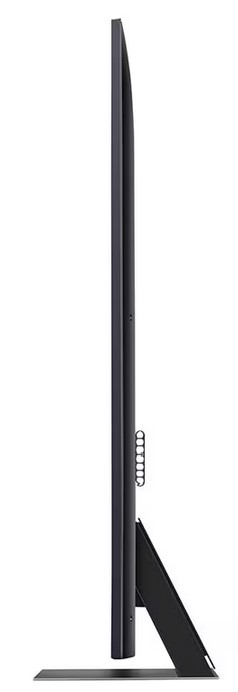




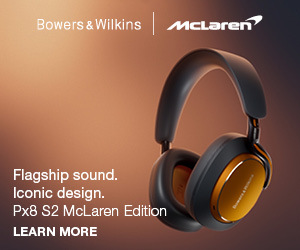
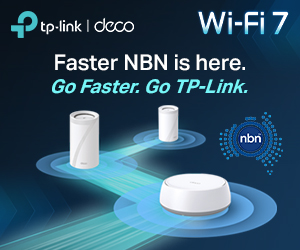

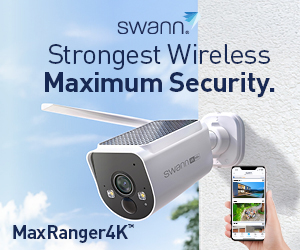


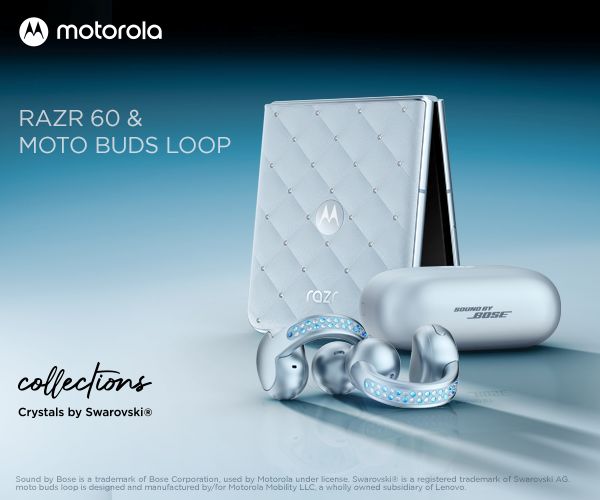
2 comments
Antony O
Hard to take reviewer seriously when they get basic spec wrong, this is a native 120hz panel
Ray Shaw
Hard to take a critic seriously when they don’t realise that Australia has 240V/50Hz power. 100Hz is accurate. These companies get away with using US/EU spec with 60Hz power.